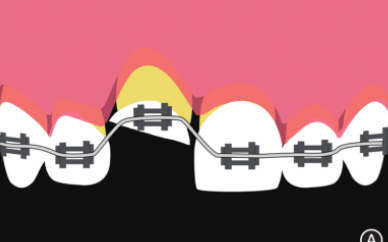With the development of modern medical model and the progression of patients′ needs, dentoalveolar surgery, as the most classic speciality of stomatology, has been involved in the development of comfortable therapy in China from the very beginning with inhalation and intravenous sedation as the entry point. As a diagnosis and treatment concept, comfortable therapy is to make patients feel relaxed, comfortable and pleasant in the whole process of diagnosis, treatment and rehabilitation thgrough combining technology with humanistic care and psychological relief based on the core model of modern medicine. It consists of clinical techniques that mainly include but not limited to: behavioral management, painless injection, local anesthesia, analgesic techniques, sedation, general anesthesia, and minimally invasive treatment techniques. Dentoalveolar surgery should introduce the concept of comfortable treatment in the whole process in the future. Preoperatively, a variety of painless, local anesthesia and sedation techniques should be used. Intraoperatively, minimally invasive surgery should be performed. Postoperatively, pain management strategies should be taken and attention shoud be paid to the postoperative rehabilitation to achieve a soothing and relaxing experience for patients. Also, attention should be paid to the occupational risks of medical staff, including emphasizing ergonomic positions as well as psychological state de-escalation. It is expected that dentoalveolar surgery will contribute to the development of stomatology as a pioneering discipline in the field of comfortable treatment.
